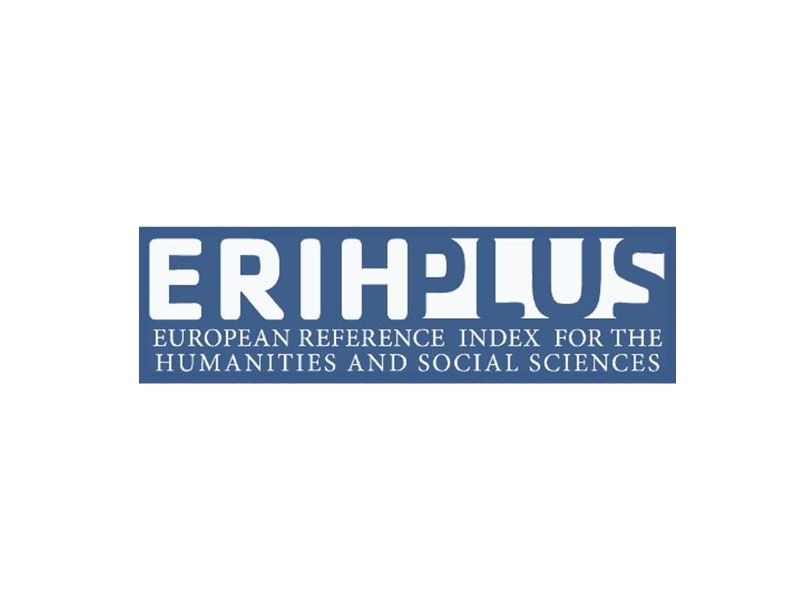A Terrible Beauty is Born
Abstract
Psychoanalysis from the time of Freud has borrowed generously from mythology. This paper looks at how mythology has been thought of psychoanalytically. It looks specifically at the cult of a particular mother goddess, Durga in Bengal. This figure— especially in popular or folk evocations—refuses any univocal meaning. In fact, this powerful image seems to provide a psychic space where it is represented variously as murderous, tender, playful, enigmatic, and forbearing. The mythic mother goddess is not so much a repository of fixed meaning/s, but rather an elastic psychic space that is a bearer of shifting projections. The paper plots different psychic positions that become points of locution.
References
Bion, Wilfred Rupert (1977). Learning from Experience. [1962]. Seven Servants. New York: Jason Aronson.
Bion, Wilfred Rupert (1977). Transformations: Change from Learning to Growth. [1965]. Seven Servants. New York: Jason Aronson.
Bion, Wilfred Rupert (1967). Second Thoughts. London: Heinemann Medical Books. Desai, Ketaki (2021). “For Rajasthan’s Child Brides, It’s a Long, Hard Road to Annulment.” Times of India, 11 Oct 2021. https://timesofindia.indiatimes.com/india/for-rajasthans-child-brides-its-a-long-hard-road-to-annulment/articleshow/86928277.cms
Doniger, Wendy. (2021) “Kali” [1995]. Encyclopedia Britannica, 26 Dec 2019, https://www.britannica.com/topic/Kali.
Feher-Gurewich, Judith (2003). “A Lacanian Approach to the Logic of Perversion”. In The Cambridge Companion to Lacan. ed. Jean-Michel Rabate, 208–20. Cambridge: Cambridge
University Press.
Freud, Sigmund (1962). “Totem and Taboo” [1912–13]. In The Standard Edition of the Complete Psychological Works of Sigmund Freud, Volume XIII, trans. J. Strachey, 1–161.
London: Hogarth Press.
Freud, Sigmund (1962). “On Narcissism: An Introduction” [1914]. In The Standard Edition of the Complete Psychological Works of Sigmund Freud, Volume XIV, trans. J. Strachey,
67–102. London: Hogarth Press.
Freud, Sigmund (1962). “Why War?” [1933]. In The Standard Edition of the Complete Psychological Works of Sigmund Freud, Volume XXII, trans. J. Strachey, 203–18. London:
Hogarth Press.
Jung, Carl Gustav (1990). The Archetypes and Collective Unconscious [1959]. Trans. R.F.C. Hull. Princeton, NJ: Princeton University Press.
Kast, Verena (1986). The Nature of Loving: Patterns of Human Relationship. Wilmette, Il: Chiron. Klein, Melanie (1946). “Notes on Some Schizoid Mechanisms.” The International Journal of Psychoanalysis 27: 99–110.
Klein, Melanie 1963. “On the Sense of Loneliness.” In Envy and Gratitude and Other Works 1946–1963, 300–13. London: Hogarth Press.
Klein, Melanie (1975). “Infantile Anxiety — Situations Reflected in a Work of Art and in the Creative Impulse” [1929]. In Writings of Melanie Klein, Vol. 1, 210–18. London: Hogarth. Kinsley, David (2003). “Kali.” In Encountering Kali, ed. R. F. Mc Dermott and Jeffrey J. Kirpal, 23–38 Los Angeles: University of California Press.
Kramrisch, Stella (1981). Aspects of Shiva. Philadelphia, PA: Philadelphia Museum of Art.https://www.rarebooksocietyofindia.org/book_archive/196174216674_10153173367576675.
pdf.
Lacan, Jacques (1979). “The Neurotic’s Individual Myth.” Trans. Martha Noel Evans. The Psychoanalytic Quarterly 48:3 405–25.
Leader, Darian (2003). “Lacan’s Myths.” In The Cambridge Companion to Lacan, ed. Jean-Michel Rabate, 35–49. Cambridge: Cambridge University Press.
Lukács, Georg (1971). The Theory of the Novel [1916]. Trans. Anna Bostock. London: Merlin. McDermott.
Rachel Fell (2001). Singing to the Goddess. Delhi: Oxford University Press. McDermott, Rachel Fell (2011) Revelry, Rivalry, and Longing for the Goddesses of Bengal: The Fortunes of Hindu Festivals. New York: Columbia University Press.
Meltzer, Donald (1967). The Psychoanalytical Process. London: Karnac.
Meltzer, Donald, and Meg Harris Williams (1988). The Apprehension of Beauty: The Role of Aesthetic Conflict in Development, Art, and Violence. London: Clunie.
Neumann, Eric (1955). The Great Mother: An Analysis of the Archetype. Ralph Manheim. New York: Pantheon.
Pirandello, Luigi (1954). Six Characters in Search of an Author [1921]. Trans. Frederick May. London: Heinemann.
Ramanujan, Attipatte Krishnaswami (1999). The Collected Essays of A. K. Ramanujan [1987]. Ed. Vinay Dharwadker. New Delhi: Oxford University Press.
Ramanujan, Attipatte Krishnaswami (1999). “Three Hundred Ramayanas” [1987]. In The Collected Essays of A. K. Ramanujan, ed. Vinay Dharwadker, 131–60. New Delhi: Oxford University Press.
Ray Chaudhuri, and Arun Kumar (1956). “A Psycho-analytic Study of The Hindu Mother Goddess (Kali) Concept.” American Imago 13. 2: 123–46.
Rose, Jacqueline (2018). “Mothers: An Essay on Love and Cruelty.” New York: Farrar, Straus, and Giroux.
Segal, Robert. (1999). Theorizing about Myth. Amhurst: University of Massachusetts Press
Tagore, Rabindranath (2010). “The Exercise Book” [c.1891]. In Kabuliwallah and Other Stories, 47–55. Hyderabad: Oriental Blackswan.
Wierzchowska, Justina (2018). “Motherless Subjects and Mothered Selves: The Implications of Jacques Lacan’s and Donald Winnicott’s Writings on the Formation of the ‘I’.” Comparative American Studies: An International Journal 16.1–2: 1–17.
Williams, Raymond (1958). Culture and Society, 1780–1950. London: Chatto & Windus.
Winnicott, Donald Woods (1989). Playing and Reality. [1971].
London: Routledge.
Copyright (c) 2022 European University at St Petersburg

This work is licensed under a Creative Commons Attribution 4.0 International License.







